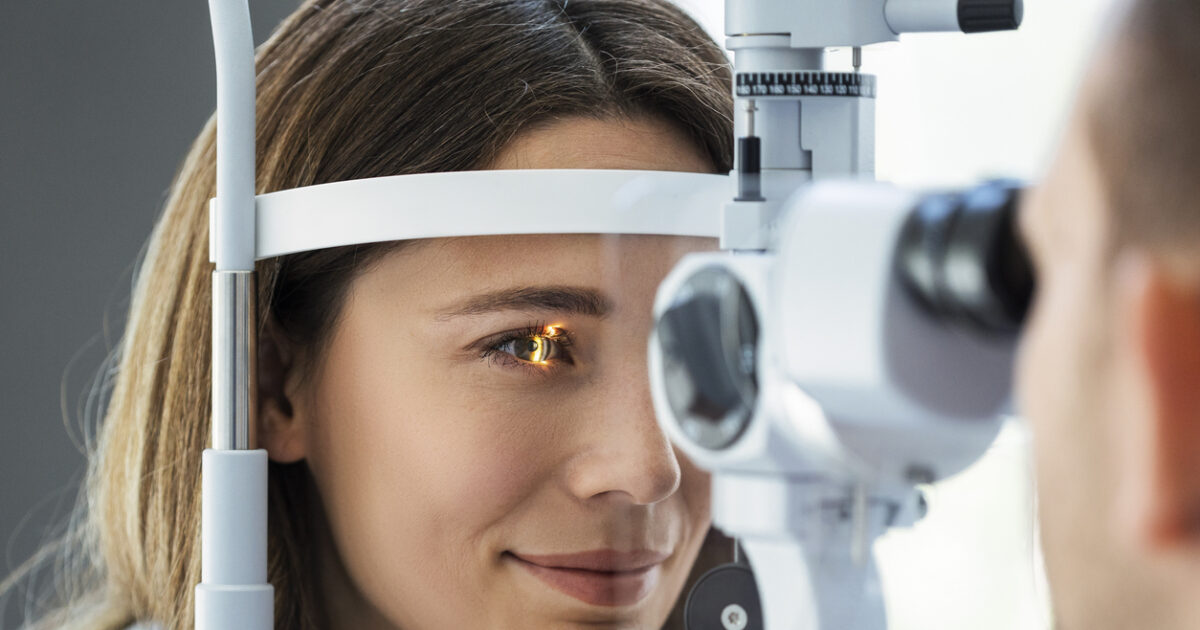Eighty million people around the world suffer from glaucomawith almost half of them not knowing it.
However, if the glaucoma remains untreated, it causes irreversible damage to vision that can eventually lead to blindness. 2040 is estimated that 22 million people will be blind because of it.
Dr. Anastasios-I. Kanellopoulos, MD, Surgeon-Ophthalmologist, Founder and Scientific Director of the Laservision Institute of Ophthalmology, Professor of Ophthalmology at the University of New York, dissolves the most common myths about it.
Myth 1: Glaucoma affects only the elderly
What’s going on: It is a fact that people over 60 years of age are at increased risk of developing an open angle glaucoma (it is the most common type). In fact, after the age of 70, the risk is three to eight times older than at the age of 40-49.
However, other forms of ophthalmopathy can also occur in younger people. At ages 20 to 50 years old, e.g., may occur gleany And infants can present a relative (by birth) glaucoma due to abnormal eye growth during intrauterine life.
In addition, some other ophthalmopathies (eg raveitis) may lead to secondary glaucoma. Same certain diseases (eg diabetes, sickle cell anemia), eye injuries and long -term taking steroid drugs (cortisone).
Finally, there is a chance that anyone manifests acid glaucoma. This is an urgent condition usually observed in patients with hypermetropia and needs immediate treatment because it can quickly lead to blindness.
Myth 2: Has warning symptoms
What’s going on: The most common form of ophthalmopathy (open angle glaucoma) does not cause any symptoms in the early stages. Only when it evolves sufficiently and causes a decrease in peripheral vision (it is the first to decrease) is it perceived.
Despite, moreover, the widespread belief that it is painful to increase pressure inside the eye (intraocular pressure) that often causes it, this increase is completely painless. The only way to make the glaucoma in time is with the regular screening (preventive) vision control.
Myth 3: develops only when one has increased eye pressure
What’s going on: High intraocular pressure is an important risk factor for glaucoma because it can cause optic nerve damage. In addition, its reduction can stop the loss of vision due to glaucoma.
However, not all people with high intraocular pressure grow glaucoma. There are also many glaucoma patients and lesions in the optic nerve, who have normal intraocular pressure. The exact cause of these patients is not known. However, unusual sensitivity to the optic nerve and reduced blood flow to it has been observed.
Myth 4: Can’t have glaucoma someone who sees clearly
What’s going on: As mentioned above, glaucoma in its early stages is asymptomatic, so one can very well see clearly and suffer from the disease. That is why he is often called a “implied thief” of vision.
Myth 5: No one in my family has glaucoma, so I don’t risk
What’s going on: Although family history is a powerful risk factor for its development, its absence does not guarantee that it will not develop. On the contrary, most sufferers do not have a family history of the disease. It is important, however, when a person manifests it, to preventively control their relatives for the disease.
Myth 6: If one manifests glaucoma, they will inevitably lose their eyesight
What’s going on: Although there is no way to cure glaucoma, there are many treatments that stop its evolution and protect to a significant degree from further decrease in vision. These treatments include local and induced drugs, oral pills and various procedures (with laser or conventional). These treatments can prevent lesions in the optic nerve and thus blindness. However, the lesions that will be developed until the diagnosis is made and treatment begins are irreversible.
Myth 7: There is no way of prevention
What’s going on: Early diagnosis is the best way to prevent damage caused by glaucoma in the eyes when delayed.
Those who have risk factors for its development (eg family history) is recommended to start screening from the age of 35. The ophthalmologist will determine the frequency on a case -by -case basis.
The rest of the adults are recommended to have a preventive screening once every 1-3 years at the age of 40-54 and then once every 1-2 years up to 64 years. Then the check should be done once or twice a year.
